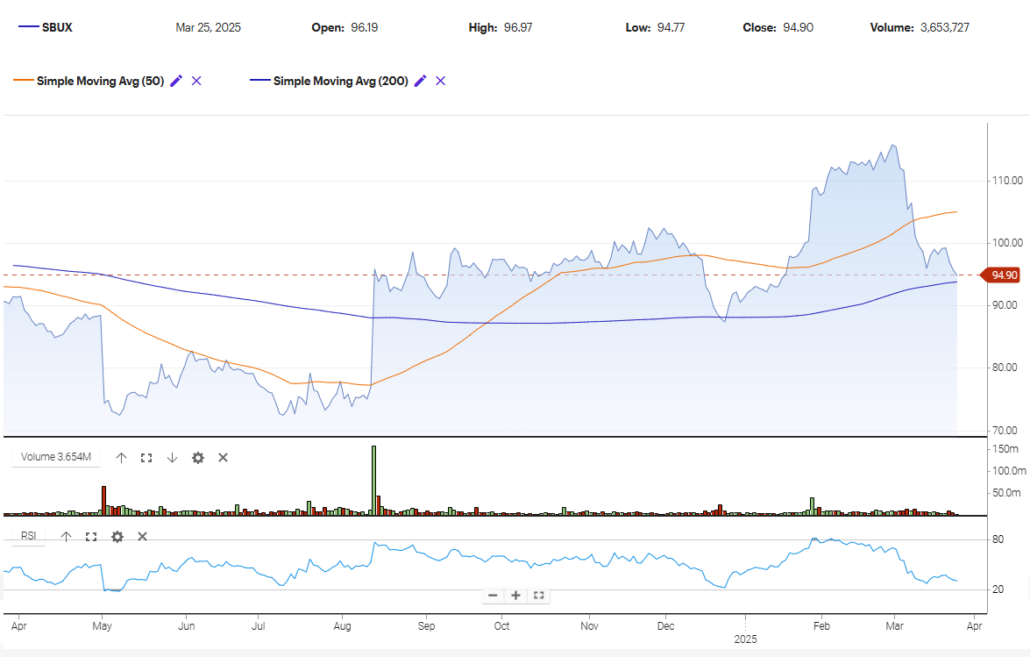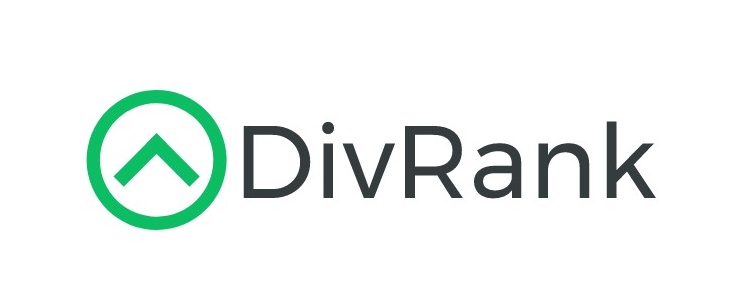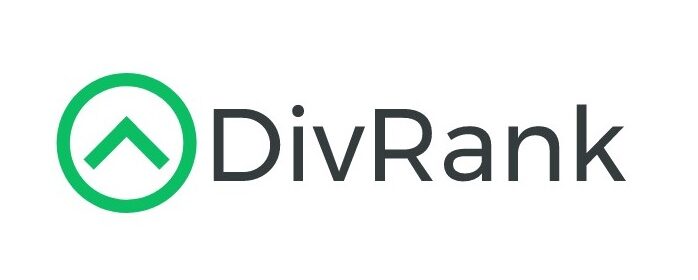Updated 3/26
Starbucks is a global lifestyle brand that’s managed to evolve from a Seattle coffeehouse into a $100+ billion powerhouse. With more than 38,000 stores across the globe and an unmatched loyalty program, Starbucks has carved out a place in both the coffee market and investors’ portfolios. For those looking at dividend-paying stocks with a mix of growth and income, Starbucks offers a unique setup—dependable cash flow, regular dividend hikes, and a long-term strategy that’s easy to understand.
Let’s take a closer look at what dividend investors should know.
Recent Events
The past year hasn’t exactly been smooth sailing for Starbucks, but there’s been a noticeable rebound. After dipping earlier in 2023, the stock has climbed about 7% over the past 12 months, now hovering near $98. The company’s latest earnings showed a bit of a slowdown—earnings per share took a 23.8% hit, and revenue slipped by 0.3% year-over-year.
That might seem like a red flag at first glance, but the bigger picture is more nuanced. China, one of Starbucks’ key growth markets, has had an uneven economic recovery. Meanwhile, the company is pushing forward with expansion plans, leaning into digital innovation, and continuing to reward shareholders. The dividend, notably, hasn’t skipped a beat.
Key Dividend Metrics ☕️
📈 Forward Yield: 2.49%
💰 Annual Dividend: $2.44 per share
📆 Dividend Growth Streak: 13 years and counting
📊 5-Year Average Yield: 2.08%
🔁 Payout Ratio: 74.84%
🚀 5-Year Dividend Growth: About 9.9%
📅 Last Dividend Paid: February 28, 2025
❗ Ex-Dividend Date: February 14, 2025
Dividend Overview
Starbucks may not be a high-yield pick on the surface, but that 2.49% dividend comes with reliability and a strong record of growth. Since starting its dividend program in 2010, Starbucks has steadily increased its payout every year without interruption. At $2.44 per share annually, the income is solid, especially for a company still heavily investing in growth.
It’s the type of dividend story that appeals to patient investors. You’re not buying this for the current yield alone—you’re buying it for the growth that continues to build underneath it.
Dividend Growth and Safety
Here’s where Starbucks starts to stand out. The company’s dividend growth has been impressive, averaging nearly 10% annually over the past five years. That kind of consistent increase is hard to find, especially in the consumer space.
But the payout ratio is hovering around 75%, which is a bit on the higher side. It doesn’t scream danger, but it does mean future dividend hikes could become more modest if earnings don’t pick up. That said, Starbucks still pulls in a healthy stream of free cash flow—just under $2 billion in the last twelve months after expenses—which provides a decent cushion.
Bottom line: the dividend looks safe for now, though the pace of growth may depend on how earnings trends unfold over the next few quarters.
Chart Analysis

Current Market Cycle Phase
The chart of Starbucks (SBUX) is currently displaying behavior aligned with the markdown phase following a clear distribution period that played out between January and late February 2025. After a strong markup that began in late October and peaked in February, the price sharply reversed, showing signs that large holders may have started offloading positions into strength—classic distribution.
The steep drop off the February highs, combined with weakening volume and breaking below the 50-day moving average, confirms that this is more than just a pullback. Price action has since moved below the 50-day SMA and is now hovering just above the 200-day SMA, which is flattening out—a key support zone to monitor, but also a sign that momentum has stalled.
Price Action Breakdown
The uptrend that started around August, following a lengthy accumulation zone from May through July, was marked by rising volume and improving RSI. The breakout through both moving averages in late summer suggested smart money was stepping in.
From October through February, the price moved steadily upward, forming higher highs and higher lows—a textbook markup. But that changed quickly in early March when the price failed to hold above 110 and selling began accelerating.
The sharp drop in mid-March erased nearly all of February’s gains. Since then, price action has been choppy and hesitant, with candles showing long upper wicks, which signals selling into strength. Buyers are attempting to defend the 200-day SMA, but the momentum is clearly with the sellers for now.
Recent Candlestick Behavior
Looking at the last five candles, there’s a clear pattern of indecision. March 25 closed at 94.90, slightly below the open of 96.19 and near the day’s low of 94.77. That small-bodied candle with a longer upper wick suggests intraday buying was met with overhead selling pressure. It’s not a bullish reversal sign, and it follows a series of similar candles showing weak follow-through from buyers.
The previous few sessions also feature long wicks and smaller bodies, indicating a struggle between buyers trying to establish support and sellers fading every bounce. Volume has been moderate, with no major surge from buyers to mark a potential reversal attempt.
Volume and RSI
Volume peaked during the markup and spiked again on the early March breakdown, indicating distribution likely occurred at the top. Since then, volume has settled into a lower range, which often happens during a pause or bear flag formation in a markdown.
The RSI tells a similar story. It topped out around overbought levels during the peak but has now dropped below 30, indicating the stock is technically oversold. However, RSI can remain oversold for extended periods in a markdown phase, so that alone doesn’t suggest a bounce is imminent.
What stands out is that RSI has yet to show a bullish divergence. It’s still trending lower with price, which supports the ongoing weakness. A true shift in sentiment would likely need a divergence, along with a volume surge and bullish candle near a support level. That hasn’t materialized yet.
Moving Averages
The 50-day moving average has turned down and is now acting as resistance. The price recently lost this level after failing to reclaim it during a weak bounce. This reinforces the idea that short-term momentum has flipped bearish.
The 200-day SMA remains upward sloping but is flattening out, which often precedes a longer-term trend shift if support doesn’t hold. A break below the 200-day with volume would likely trigger further selling pressure.
As of now, the price is caught in the no-man’s-land between the two key moving averages, and unless there’s a strong reaction from buyers, the chart suggests further consolidation or downside is more likely.
Analyst Ratings
📊 Starbucks (SBUX) has been on the radar of several analysts lately, with mixed sentiment reflecting both optimism and caution. As of late March 2025, the average 12-month price target from analysts sits at around $107.93, which points to a modest upside from its current price of approximately $97.97. Price targets range widely, with the highest estimate at $125.00 and the lowest at $76.00, showing just how divided opinions are right now.
🚀 In February, Starbucks got a vote of confidence from Wells Fargo, which reaffirmed its Overweight rating and raised the price target from $115 to $125. The bank highlighted Starbucks’ renewed focus on operational efficiency, digital expansion, and leadership under Brian Niccol as key drivers of long-term potential. Analysts are particularly encouraged by steps the company is taking to modernize its stores and streamline order fulfillment, both of which could lift margins over time.
📈 RBC Capital and BMO Capital chimed in with similar sentiment, each maintaining an Outperform rating and keeping their price targets near the $115 level. Their outlook suggests faith in Starbucks’ ability to navigate near-term volatility while leaning into tech-driven customer engagement and international expansion.
⚠️ On the flip side, not everyone is sold. Back in November, Redburn Atlantic downgraded the stock from Neutral to Sell and trimmed its price target from $84 to $77. The reasoning? Concerns around rising costs tied to Starbucks’ ambitious turnaround strategy. While the company is working to drive same-store sales, the analyst noted that the associated expenses—such as labor costs and reinvestment in store operations—could pressure profit margins more than expected.
📉 Overall, Wall Street analysts currently give Starbucks a Moderate Buy rating. Out of the group, 19 analysts have a Buy recommendation, 6 suggest holding the stock, and 3 recommend selling. It’s clear that confidence remains, but the stock will need to show tangible progress in execution to shift the more cautious views.
Earnings Report Summary
A Soft Quarter to Start the Year
Starbucks kicked off fiscal 2025 with numbers that fell a little short of expectations. Revenue for the quarter came in at $9.4 billion, which was slightly lower—down 0.3% from the same time last year. It wasn’t a dramatic decline, but it did mark a rare stumble for a company that’s used to showing steady growth.
One of the more notable details was the 4% drop in global same-store sales. That dip was mostly driven by fewer customer transactions, which fell by 6%. Interestingly, the average ticket—how much people spent when they did visit—increased by 3%. So, while fewer folks were walking through the doors, those who did were spending a bit more.
U.S. and International Trends
In the U.S., same-store sales also dropped 4%. The story was similar: transactions down 8%, but offset somewhat by a 4% rise in ticket size. International markets mirrored that pattern. Sales outside the U.S. slipped by 4%, with both transaction volume and average spend shrinking by 2%.
China was a bit of a sore spot. Sales there fell 6%, split between a 2% drop in foot traffic and a 4% pullback in how much customers were spending. For a market Starbucks has been heavily invested in, that softness stood out.
Expansion Continues
Despite the sluggish top-line growth, Starbucks continued to expand its store base. The company added 377 net new stores during the quarter, bringing its total to over 40,000 globally. That growth shows long-term confidence in the brand, even if some regions are facing short-term headwinds.
Margins Under Pressure
Operating margin came in at 11.9%, down nearly four percentage points year-over-year. That squeeze was mostly due to increased investment in staff wages, benefits, and operational changes tied to their “Back to Starbucks” initiative. The company is putting money into the experience—fewer menu items, more efficient stores, and a focus on speeding up service times.
Some of that pressure was eased by price increases and better supply chain execution, but not enough to fully offset the rising costs.
Strategic Shifts and Financials
CEO Brian Niccol and the leadership team have been rolling out changes to improve the in-store experience. From reintroducing ceramic mugs and condiments to making restrooms accessible only with a purchase, they’re clearly trying to tighten operations and create a more consistent atmosphere across locations.
On the financial side, Starbucks closed the quarter with $3.7 billion in cash and a long-term debt load just over $14 billion. They didn’t offer detailed guidance for the rest of the year, but management did mention that earnings might remain under pressure through the next quarter, with hopes for improvement in the back half of the year.
Financial Health and Stability
Starbucks’ balance sheet is a bit of a mixed bag. It’s carrying around $26 billion in debt, and its current ratio is under 1. That suggests short-term liquidity isn’t particularly strong. On top of that, the company shows a negative book value per share, something that would usually set off alarms.
But context matters here. Starbucks runs a capital-light, franchise-driven model that doesn’t require massive hard assets. It’s also consistently generating strong returns on assets and steady operating cash flow. So while the numbers might look messy at first, the business model still delivers consistent results.
This isn’t a pristine balance sheet, but it’s one that’s worked reliably over the years. Still, it’s worth keeping an eye on leverage and how the company manages its expansion strategy from here.
Valuation and Stock Performance
Let’s talk price. Starbucks isn’t cheap. With a trailing price-to-earnings ratio above 30 and a forward P/E above 33, investors are clearly willing to pay a premium. The PEG ratio is above 2, which suggests growth is already baked into the price. Enterprise value to EBITDA is close to 20—again, not a bargain.
But Starbucks has always traded at a premium. That’s what happens when a brand has this much global recognition and loyalty. What you’re really paying for is consistency, scalability, and a flywheel of customer data, loyalty, and product expansion.
The stock has had a bit of a comeback, bouncing off a low of about $72 and now sitting near $98. That’s a nice recovery, but it hasn’t reclaimed its previous highs around $117. Its 50-day moving average is currently higher than its current price, so the stock’s near-term technicals suggest it may be in a consolidation phase. Long-term moving averages show some base-building around the mid-$90s.
Risks and Considerations
Every good dividend stock comes with a few strings attached, and Starbucks is no different. The biggest risk? It’s a discretionary purchase. If the global economy slows or consumers start pulling back, premium-priced coffee might be one of the first things they cut.
China, which Starbucks is betting heavily on, is another variable. Growth has slowed, and the competitive landscape is intensifying. Any softness there could ripple across the company’s overall performance.
Labor costs also remain an issue. Union activity in the U.S. is heating up again, and rising wages will continue to eat into margins. Starbucks has been navigating these pressures with digital tools and automation, but that won’t solve everything.
And then there’s the debt. Starbucks isn’t in a tight spot now, but it doesn’t have unlimited flexibility if cash flows were to decline for any reason. It’ll need to be smart about capital allocation if economic conditions tighten.
Final Thoughts
Starbucks offers something that’s increasingly rare in the market—a familiar name with global scale, a growing dividend, and a long runway for reinvestment. For investors focused on generating income with a side of growth, this is a compelling story. You’re not getting a deep-value play, but you are getting a company that has consistently shown it can navigate economic bumps and still come out stronger.
Its 2.49% yield, backed by a steady history of dividend increases and reliable cash generation, gives investors a reason to hold through the short-term noise. Yes, there are risks. But for long-term investors who can stomach a little volatility, Starbucks has the ingredients to keep serving up shareholder value.
As always, dividend investing is about consistency—and few companies have brewed up that kind of long-term trust like Starbucks.

